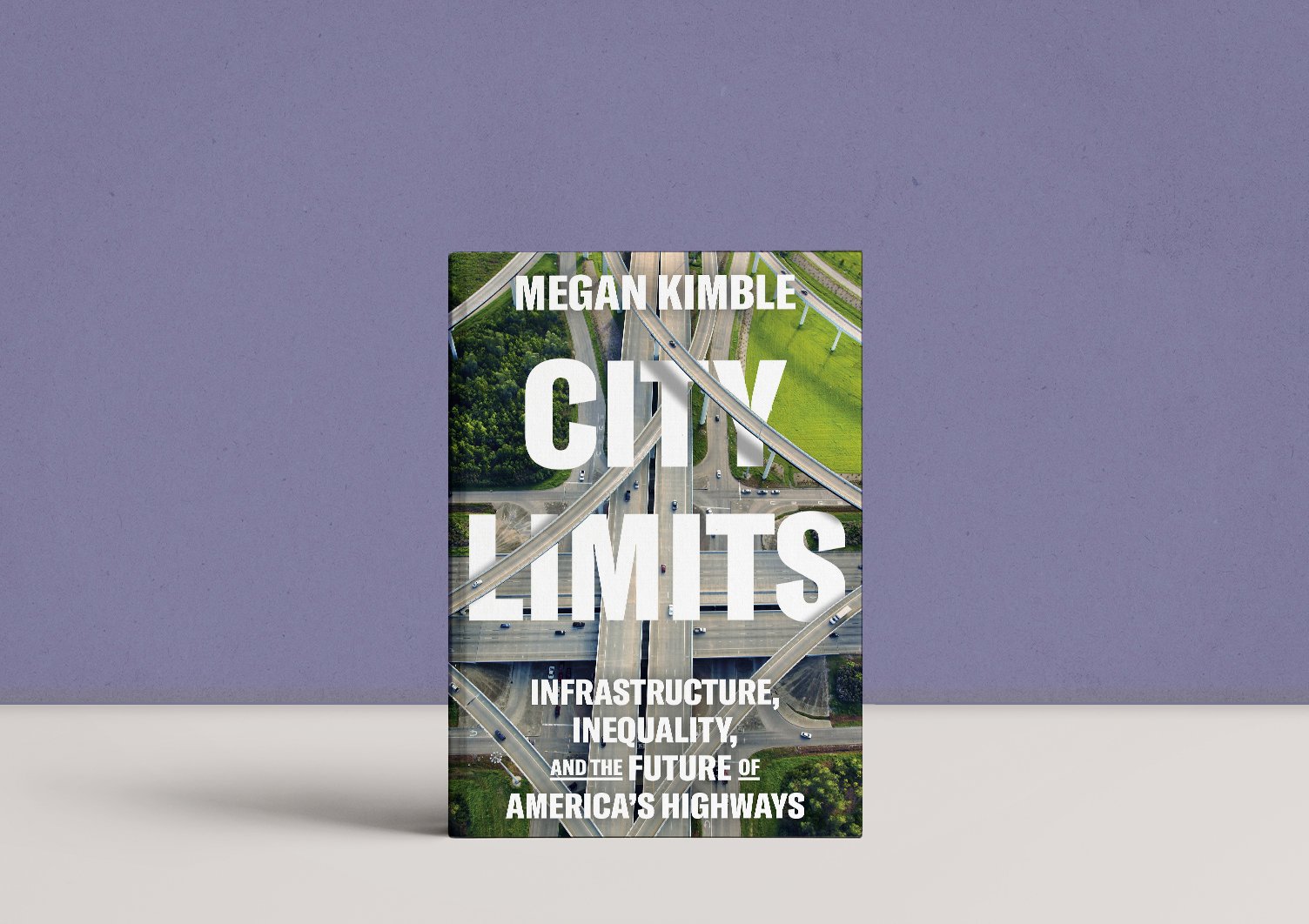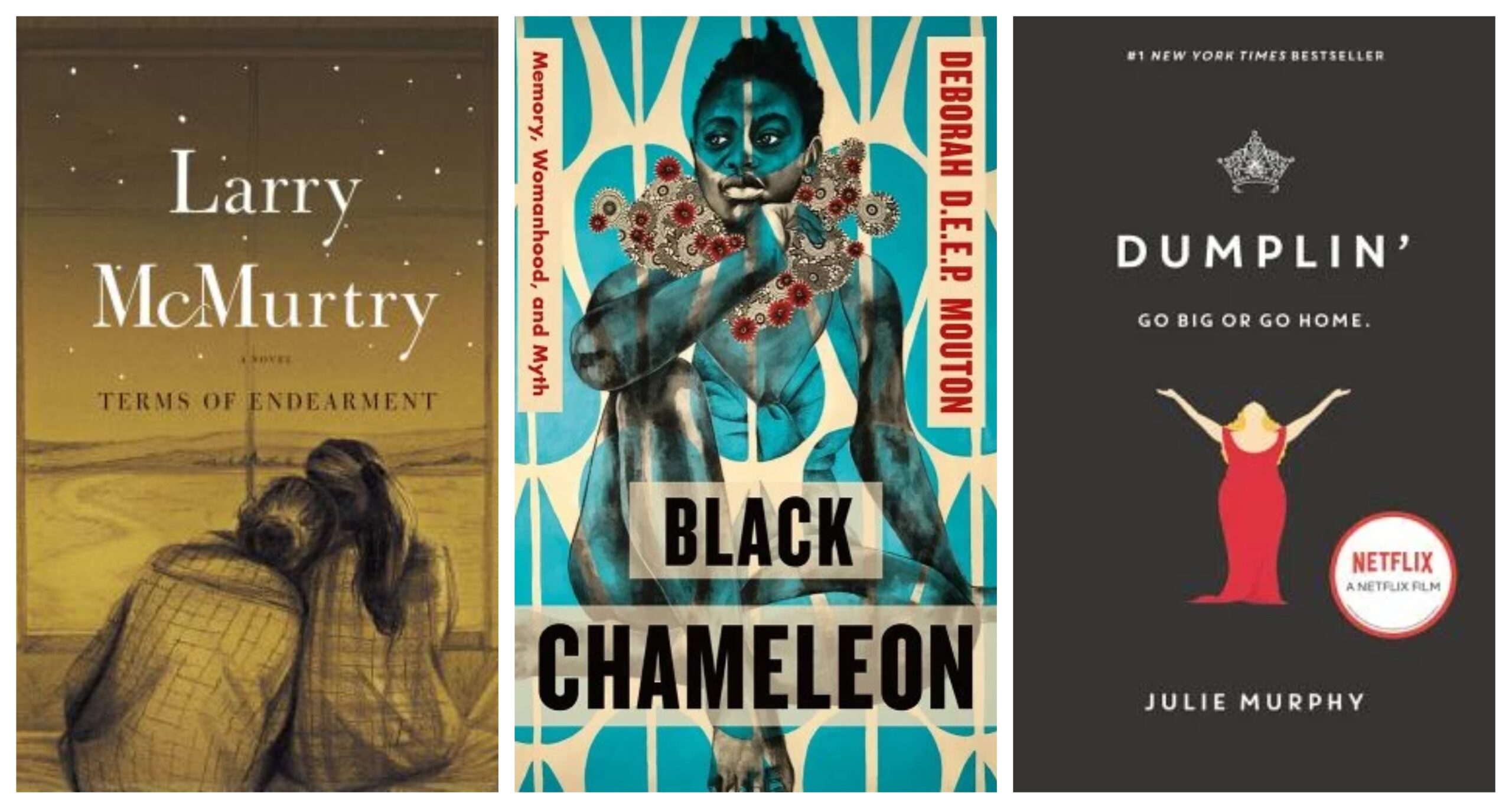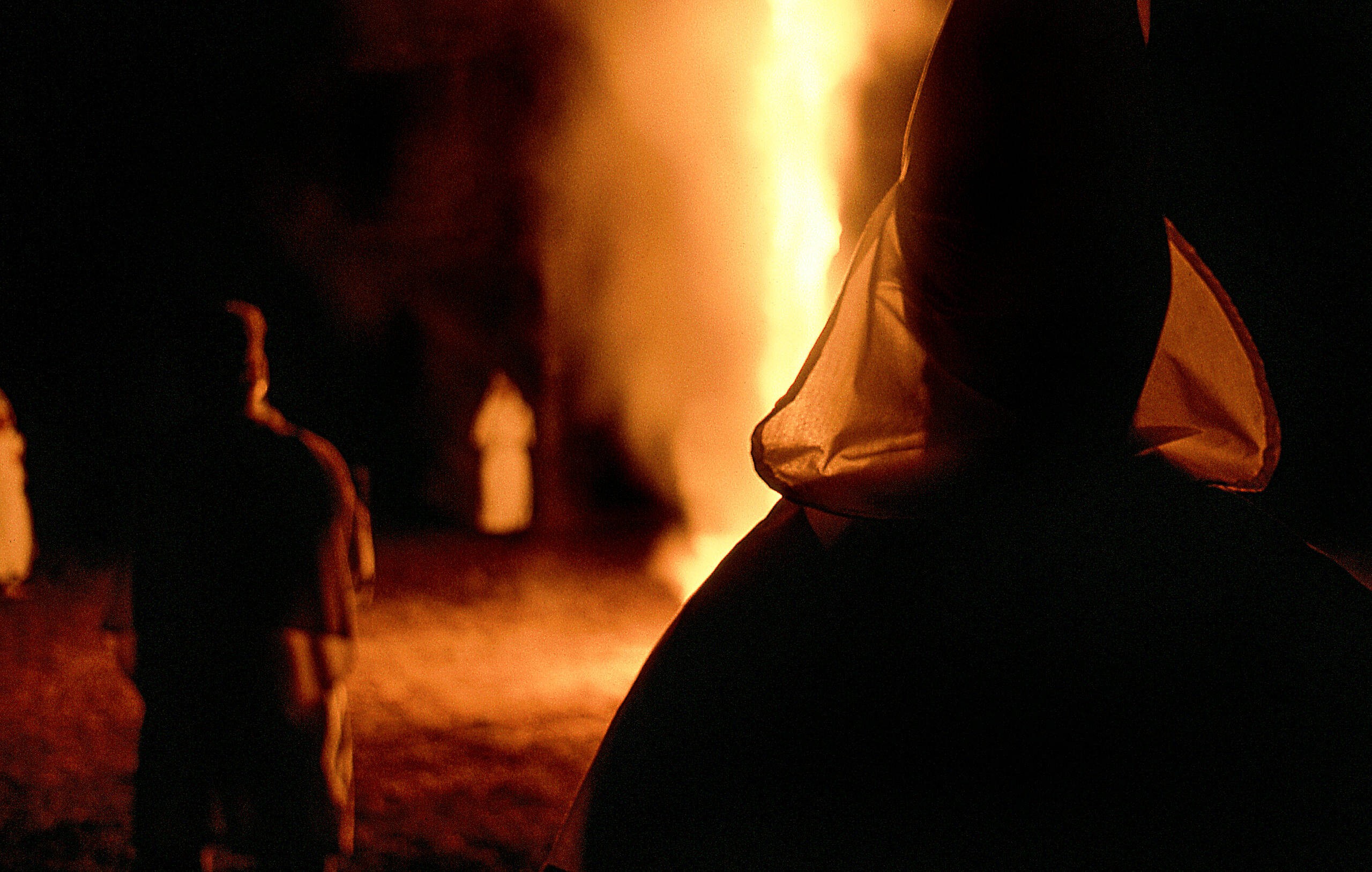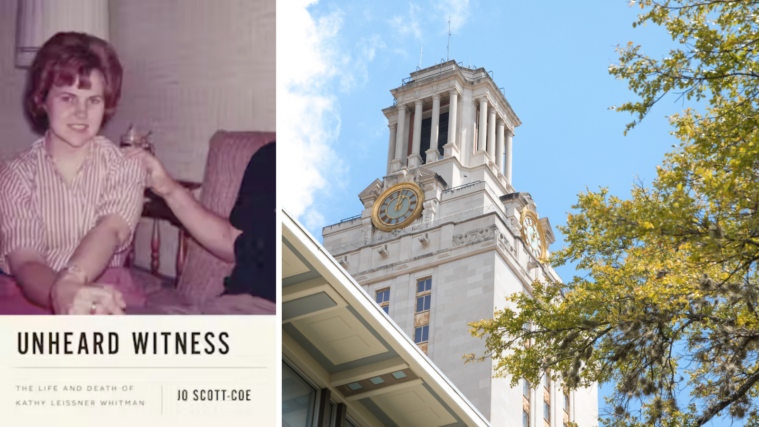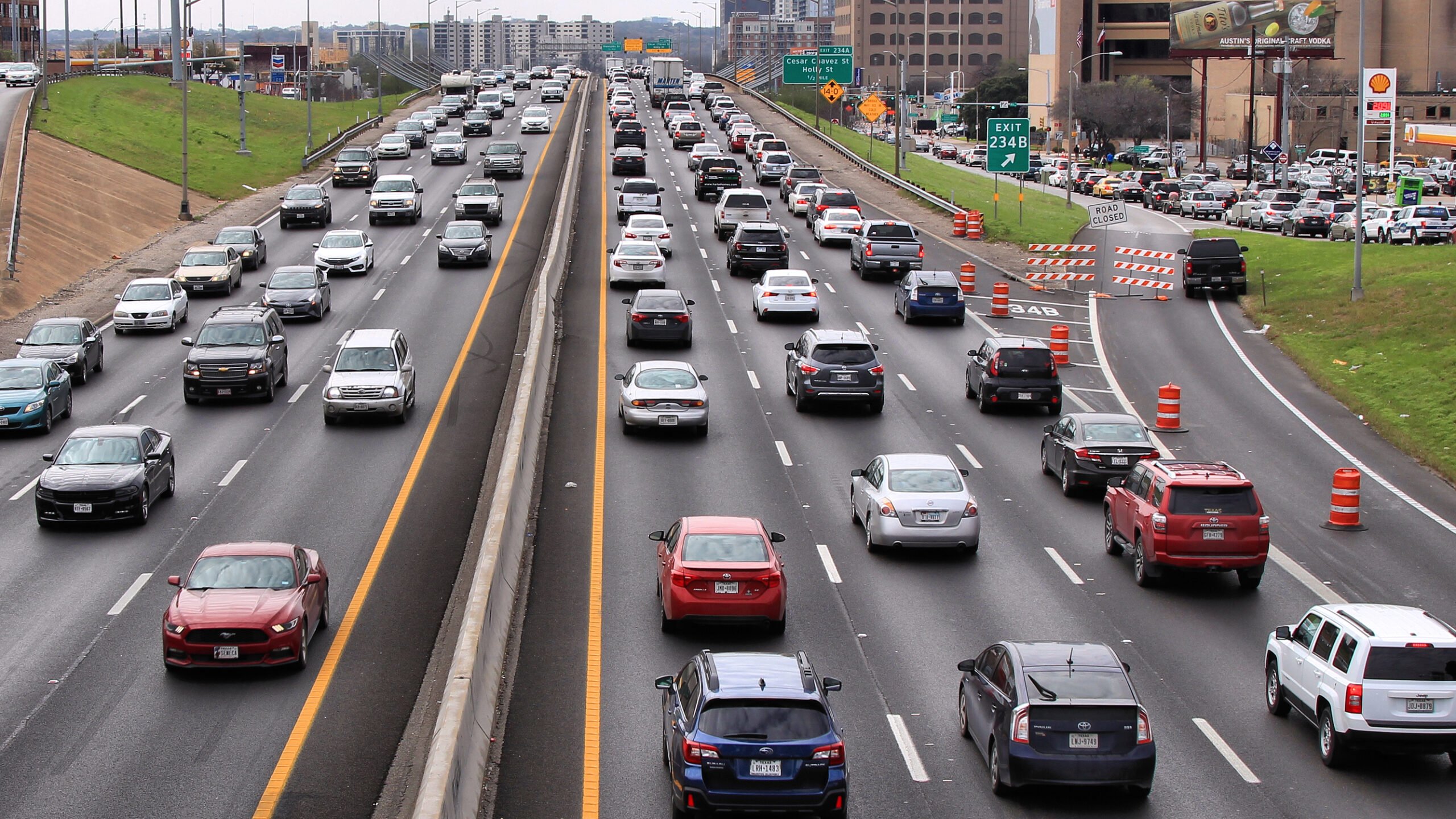
A Roadmap to Rebuilding Communities
Texas highways have destroyed and dominated our built environment. Megan Kimble's book "City Limits" offers a new vision.

A version of this story ran in the March / April 2024 issue.
When we think of what our communities need, we usually think of affordable homes, good schools, and grocery stores. Not wide towering highways. Yet, in the past 70-some years, highways have dictated community development in urban centers. They’ve torn through low-income communities of color, displacing families, homes, and businesses. As a result, people move farther away; we languish in traffic, get home from work later, and spend less time with our family. We’ve accepted growing air pollution as the inevitable cost of the lives we’ve built around our cars and the neighborhoods we’ve built around highways. For many of us, we’ve never seen or imagined an alternative.
But in her new book City Limits: Infrastructure, Inequality, and the Future of America’s Highways, Megan Kimble, a journalist covering transportation and housing (and former Texas Observer editor), tells Texans: It wasn’t always this way, nor does it have to be. By interweaving the history of the interstate highway system with stories from past and present community members of Houston’s Fifth Ward, East Austin, and Dallas’ Deep Ellum, Kimble shows that these urban neighborhoods were not always designed around never-ending highway expansion. And by spotlighting the current struggles of activists resisting the Texas Department of Transportation’s (TxDOT) efforts to widen highways there, the author reimagines our cities’ futures.
City Limits reveals the human consequences of our built environment. One character, O’Nari Burleson, was born and raised in Houston’s historically Black Fifth Ward before I-10 tore her community apart in the mid-1960s. Burleson describes a place where everyone knew everyone, where she walked only a few minutes to school and found everything she needed at thriving local businesses.
Racism underlay highway development. After the Federal Highway Act authorized a 40,000-mile national system of interstate highways in 1944, Alfred Johnson, executive director of the lobby group American Association of State Highway Officials, said, “Some city officials expressed the view in the mid-1950s that the urban Interstates would give them a good opportunity to get rid of the local ‘n—rtown.’” The highways facilitated white flight from urban centers to suburban neighborhoods with racially restrictive covenants, while Black and Hispanic neighborhoods were redlined to deny families federally backed loans.
By the time I-10 was opened in 1966, 1,220 structures were erased from the Fifth Ward, including 11 churches, five schools, and two hospitals. O’Nari started relying on car transport to get to school. Seven-hundred families left the neighborhood at this time. “When I grew up, it was just people everywhere. This used to be full of people, full to the brim,” Burleson says. But the “neighborhood grew quieter, streets emptier.”
As in the Fifth Ward, the interstate highway came for Black communities in East Austin and Dallas’ Deep Ellum, neighborhoods that Freedmen had created to escape racism. These communities were cultural and commercial centers for Black people in Texas, but the state and federal transportation agencies only saw “blight” there. In 1950, the Interregional Highway, or I-35, was built, segregating Austin along racial lines. Over the next two decades, more than half a million homes along its east-side corridor would be displaced. In 1955, the Central Expressway tore through Deep Ellum, razing 54 city blocks.
“We do not believe that the Interstate System is the vehicle for solving rush-hour traffic problems, or for local bottlenecks. … Rapid transit and mass transit systems are the solution.”
The history of the interstate highway system that Kimble unspools is a history of accumulated racist policies, flawed planning, and missed opportunities to make amends.
In 1956, President Eisenhower signed the Interstate Highway Act, committing $25 billion to build 41,000 miles of interstate highways across the country over 13 years. The act created the Highway Trust Fund, diverting all taxes on gas and motor vehicles to interstate construction. What was left up for debate was whether the money should be used to connect cities—thus routing interstate traffic around urban areas—or to alleviate congestion within urban areas, routing the interstate through cities.
General John S. Bragdon, tasked by Eisenhower with investigating the alternatives, wrote, “We do not believe that the Interstate System is the vehicle for solving rush-hour traffic problems, or for local bottlenecks. … Rapid transit and mass transit systems are the solution.”
Bragdon added that communities should not be solely developed around transportation needs: “The highway plan should not be the central pattern around which a community develops. … The basic plan for all community development should be an economic growth and land use plan.” Even though Eisenhower agreed, Bragdon’s report never saw the light of day. Seeking reelection, Eisenhower buried the report to prevent blowback from local leaders eager to build more highways in their cities.
Early on, Bragdon and transportation engineers noted the phenomenon of induced demand—meaning that when bigger roads are built, traffic increases to fill those roads, in turn reducing space for public transit. Yet successive federal and state transportation policies have only fueled this vicious cycle, committing money to highways over public transit at the behest of oil and auto industry lobbyists.
In 2022, Texas Governor Greg Abbott approved the Unified Transportation Plan, an $85 billion, 10-year plan with 96 percent of its funding allocated to highway construction. State law requires TxDOT to use at least 97 percent of its funding for roads. As a result, Texas cities rely more on the federal government than the state for public transit funding, even though the federal Highway Trust Fund gives only 20 percent to public transportation. In 2021, President Joe Biden’s $2.3 billion infrastructure act committed only a fraction of transportation funds to public transit while highways received a 90 percent increase in funding.
Instead of righting past wrongs, Kimble reveals that TxDOT is now doubling down on racist highway policies, demanding more homes, schools, and businesses be destroyed in the same affected communities to add more lanes to the highways. Without considering alternative plans or modes of transportation, TxDOT recites its slogan that traffic will be unsustainable otherwise.
Many residents aren’t buying what the state agency is selling. Kimble follows community activists at door-knocking activities, protests, and numerous TxDOT hearings as they struggle to save their neighborhoods. In Houston, activists with Stop TxDOT I-45 won an agreement to address concerns around the loss of affordable housing and increase in air pollution. In Austin, members of Rethink35 are organizing to stop the expansion of I-35, and in Dallas, activists want to tear down I-345 and revitalize 245 acres of wasted land around the highway. These communities are linking up with a national movement of urban communities that want to demolish unwanted highways and use the land to build affordable housing, parks, schools, and local businesses—to serve people, not cars.
Kimble concludes City Limits by highlighting the hopeful spirit of so many fighting to rebuild their communities. It’s an uphill battle challenging TxDOT, but they have no choice: “It’s our home,” a STOP TxDOT I-45 activist says. Kimble writes, “Like a suture over a scar … harm cannot be undone, it can only be repaired.”
After all, there’s only so far people can move, only so much land we can allow TxDOT to take, and only so many hours in a day we can sit in traffic.
